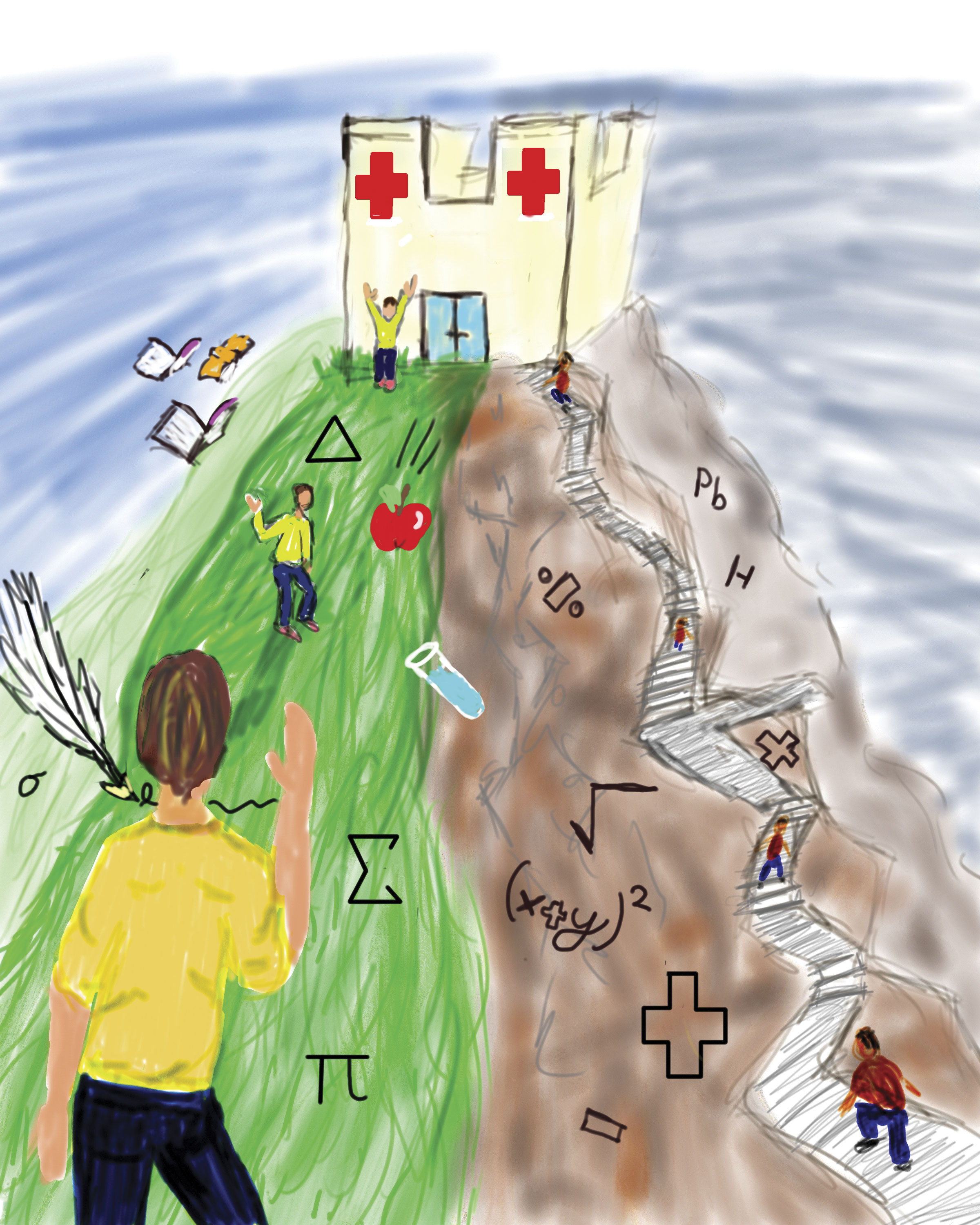When I traded periodic tables for political science my freshman year, I thought I was waving goodbye to my medical school ambitions. But thanks to the Mount Sinai School of Medicine in New York, that possibility remains alive and well for students who choose to forgo the traditional science-based education.
The school allocates 35 admission slots every year to students who studied humanities or social science in college.
Applicants at most medical schools, including UCLA, are free to pursue whatever undergraduate major they choose. What makes the Mount Sinai program unique is that those 35 students are not required to complete the pre-medical curriculum or take the MCAT.
Despite concerns that the students would degrade the quality of the medical school, a study conducted by Mount Sinai found that the academic performance of those in the program was the same as traditional medical students.
UCLA’s David Geffen School of Medicine would be wise to adopt such a program. Accepting an overwhelming majority of students with science backgrounds can lead to a lack of creativity and diversity in the learning process.
The result can be a graduating class of doctors with minds built upon nearly identical undergraduate experiences. New treatments or cures are dependent on picturing the unimaginable, but this cannot occur without differences of opinion.
According to the website of the David Geffen School of Medicine, one of the goals of a premedical education is “a foundation for an ever-increasing insight in human behavior “¦ as revealed by the social sciences and the humanities.”
Possessing insight into human behavior after a few General Education classes is as laughable as me claiming an understanding of pharmaceutical reactions after taking Chemistry 14A. Merely promising equal opportunity to nonscience students does not create sufficient diversity in the application pool.
Given the rising cost of student fees and the push for three-year degrees, nonscience students are less and less likely to accept the burden of the additional 15 science and math classes required for a medical school like UCLA.
It is much easier to major in biology or neuroscience, where the core curriculum overlaps heavily with medical school prerequisites.
Davood Tarzi, a fourth-year applied mathematics and premedical student, pursued a degree in global studies for two years before changing majors. As he put it, “If I’m going to be re-taught science later, I’m going to spend my time now studying other things.”
Tarzi added that he tired of the read-and-regurgitate format of most South Campus classes. This method may be effective for learning complex anatomy, but there is more than just body parts and prescriptions to being a doctor.
Skills like critical thinking and communication are equally vital, but these skills often are underdeveloped because of a lack of exposure to social science or humanities at the undergraduate level.
For example, a history class requires applying an understanding of the past to predict present outcomes, which is similar to the way a doctor uses a patient’s history in the diagnosis.
In the end, not everyone wanting to be a doctor should be a North Campus major, but an equal opportunity should exist. Equal means that people from both sides of campus have the freedom to explore each other’s worlds in depth.
Holistic medicine begins with a holistic education, so why not encourage students to put down the test tube and pick up the pen? Mount Sinai did, and its doctors might just be better because of it.
